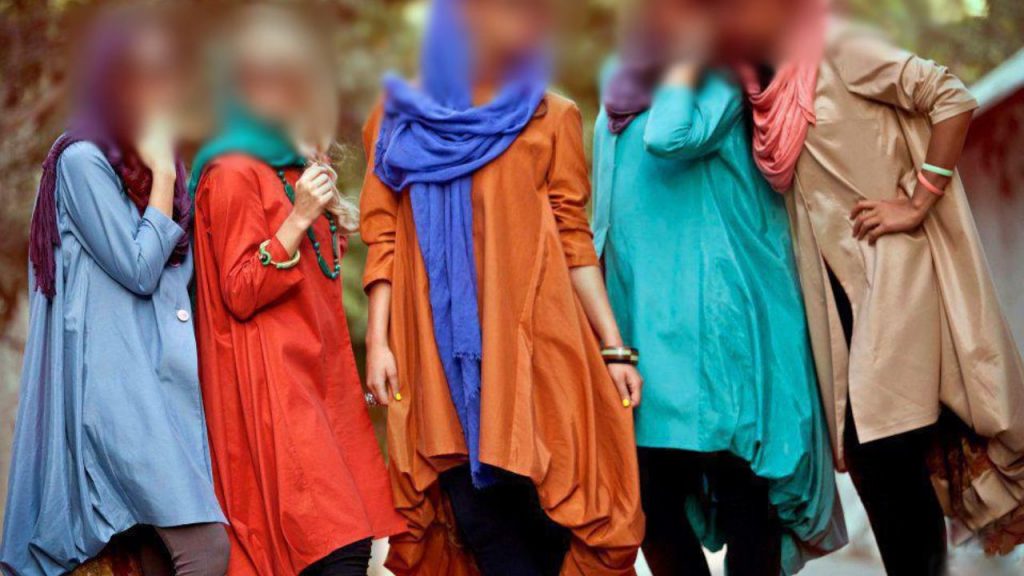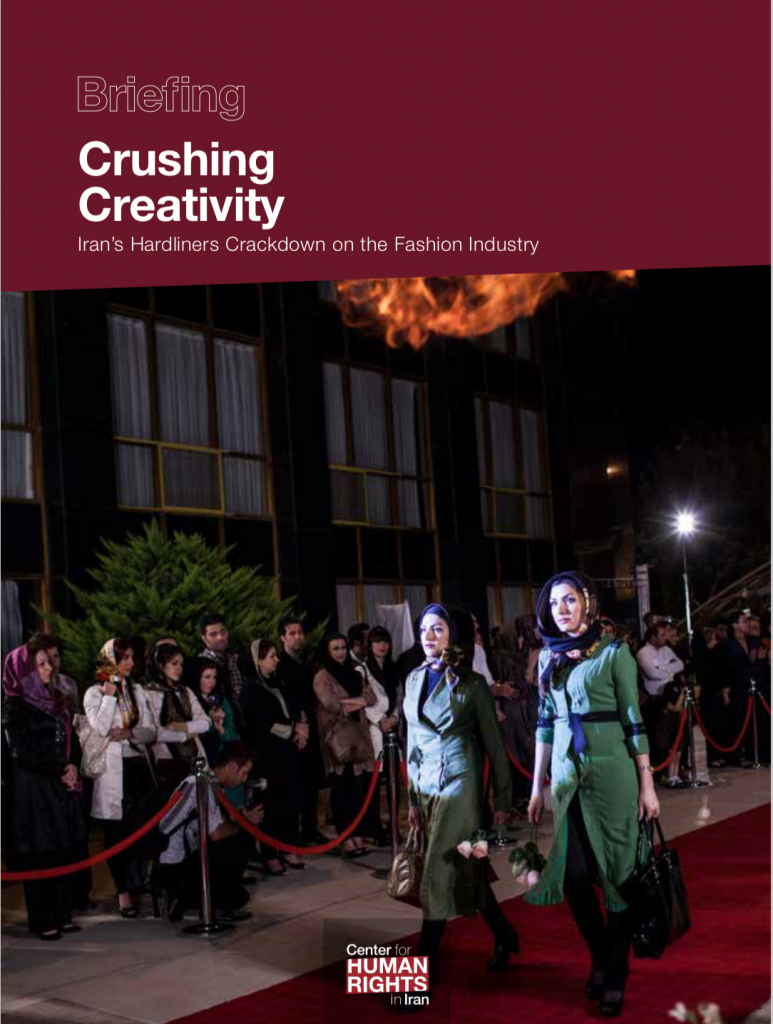Iran Arrests 46 Fashion Workers Including Eight Models in Hormozgan Province

Forty-six members of what security officials have described as an online “modeling ring,” including 8 female models, were arrested at an unspecified date in the southern Iranian province of Hormozgan according to an announcement by local police chief Gen. Azizollah Maleki on July 16, 2018.
“Following cyberspace surveillance and control operations, the province’s police public security experts discovered individuals involved in widespread and organized activities in a modeling ring in the city of Bandar Abbas and publishing images and clips on social media through their pages on Instagram,” said Maleki according to the state-funded Iranian Students News Agency (ISNA).

Iran’s brain drain has spread to the fashion sector as designers, photographers, models and other industry professionals emigrate to escape raids, the shuttering of their businesses, arrests and prosecutions under vague laws that restrict freedom of expression.
He added: “Their activities were aimed at exploiting commerce and possibly to dupe girls and women into committing indecent acts under the guise of modeling in violation of public decency under articles 637 and 638 of the Islamic Penal Code and spreading anti-cultural material.”
Article 637 states: “When a man and a woman who are not married to each other commit indecent acts other than zina [adultery], such as kissing or sleeping next to one another, they shall be sentenced to up to 99 lashes…”
And according to Article 638: “Anyone in public places and roads who openly commits a harām [sinful] act, in addition to the punishment provided for the act, shall be sentenced to two months’ imprisonment or up to 74 lashes; and if they commit an act that is not punishable but violates public prudency, they shall only be sentenced to 10 days to two months’ imprisonment or up to 74 lashes.”
The Hormozgan police chief said models, photographers, hair stylists and boutique owners were among those who were arrested.
To legally work in Iran’s fashion industry, including in the fields of modeling, photography, design, and hairdressing, people must apply for professional permits. State organizations, led by the Ministry of Culture and Islamic Guidance, regulate the industry under broad laws that are open to highly subjective and arbitrary interpretations of notions such as “national patterns” and “Iranian culture.”
Iran’s Law to Regulate Fashion and Clothing, passed by Parliament on May 14, 2006, states in Article 1:
“To protect and strengthen Iranian-Islamic culture, to respect, define, consolidate and promote native and national patterns, to guide the production and distribution of clothing based on domestic designs and to discourage people from consuming products foreign and unfamiliar to Iranian culture, the Culture and Islamic Guidance Ministry is obliged to lay the foundations for the administrative structure subject to this law by forming a monitoring Working Group consisting of one plenipotentiary representative from each of the following ministries: Culture and Islamic Guidance, Education, Commerce, Industry and Mines, and the Islamic Republic of Iran Broadcasting Organization, and the Management and Planning Organization, and three representatives of related guilds (designers and producers), and one representative from the parliamentary Committee on Cultural Affairs.”
With Iran’s traditional print and broadcast media controlled by the state, fashion workers have increasingly turned to the internet and social media to promote their businesses.
While social media is also monitored by state authorities, and those who post content deemed inappropriate are vulnerable to state prosecution, many fashion workers have nevertheless launched pages on the social media app Instagram to promote their work and businesses.
Unlike Facebook and Twitter, Instagram has not been blocked in the Islamic Republic.
With local police units tasked with monitoring public places and businesses, fashion industry members enjoy a sense of freedom online that they cannot nurture in physical places of business. In doing so, they are also pushing the boundaries of permissible forms of self-expression in Iran.
As a result, conservative officials have been targeting fashion workers, interrogating, fining and detaining them in a campaign of intimidation designed to rein them in. The increasing pressure and restrictions have forced many people to leave the 9 fashion industry or emigrate to freely pursue their profession—a development that has plagued many sectors of Iran’s professional, academic and commercial spheres as shown in CHRI’s December 2016 briefing on Iran’s fashion industry.






